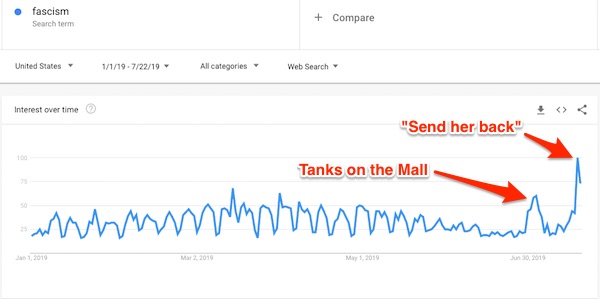

Serves as a reminder of our power and responsibility.” – The Washington Post Book World “ helpful contribution, thoughtfully mapping out the descent of a civilized people - first the Italians, then the Germans - into a primal state (and state of being) ruled by mythology, symbol and emotion. Historical analysis at its best." – The Economist "A deeply intelligent and very readable book.


Mussolini and Hitler were the prototypical fascist leaders, and Paxton chronicles their rise to power-and their global influence and ultimate fall-with a brilliant economy." – San Francisco Chronicle A splendid book." –The New York Times Book Review Originally published by A.A."So fair, so thorough and, in the end, so convincing, it may well become the most authoritative. This book, based on a lifetime of research, will have a lasting impact on our understanding of twentieth century history He goes on to examine whether fascism can exist outside the specific early twentieth century European setting in which it emerged, and whether it can reappear today.

The author shows how these opportunities manifested themselves differently in France, in Britain, in the Low Countries, and in Eastern Europe, and yet failed to achieve supreme power. War opened opportunities for fascist extremists to pursue these goals to the point of genocide. Goals of forced national unity, purity, and expansion, accompanied by propaganda driven public excitement, held the mixture together. While fascist parties had broad political leeway, conservatives preserved many social and economic privileges. The author makes clear the sequence of steps by which fascists and conservatives together formed regimes in Italy and Germany, and why fascists remained out of power elsewhere. Fascist parties could not approach power, however, without the complicity of conservatives willing to sacrifice the rule of law for security. Their first uniformed bands beat up "enemies of the nation," such as communists and foreign immigrants, during the tense days after 1918 when the liberal democracies of Europe were struggling with the aftershocks of World War I. He focuses more on what fascists did than on what they said. The author of this book prefers to start with concrete historical experience. What is fascism? Many authors have proposed succinct but abstract definitions. From the author of Vichy France, a fascinating, authoritative history of fascism in all its manifestations, and how and why it took hold in certain countries and not in others.


 0 kommentar(er)
0 kommentar(er)
